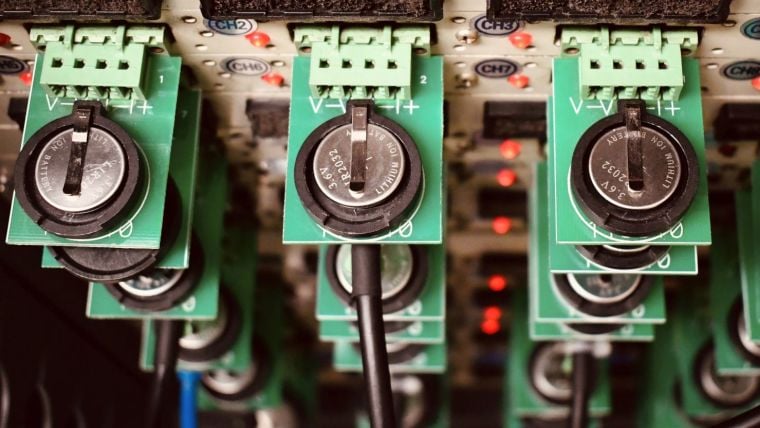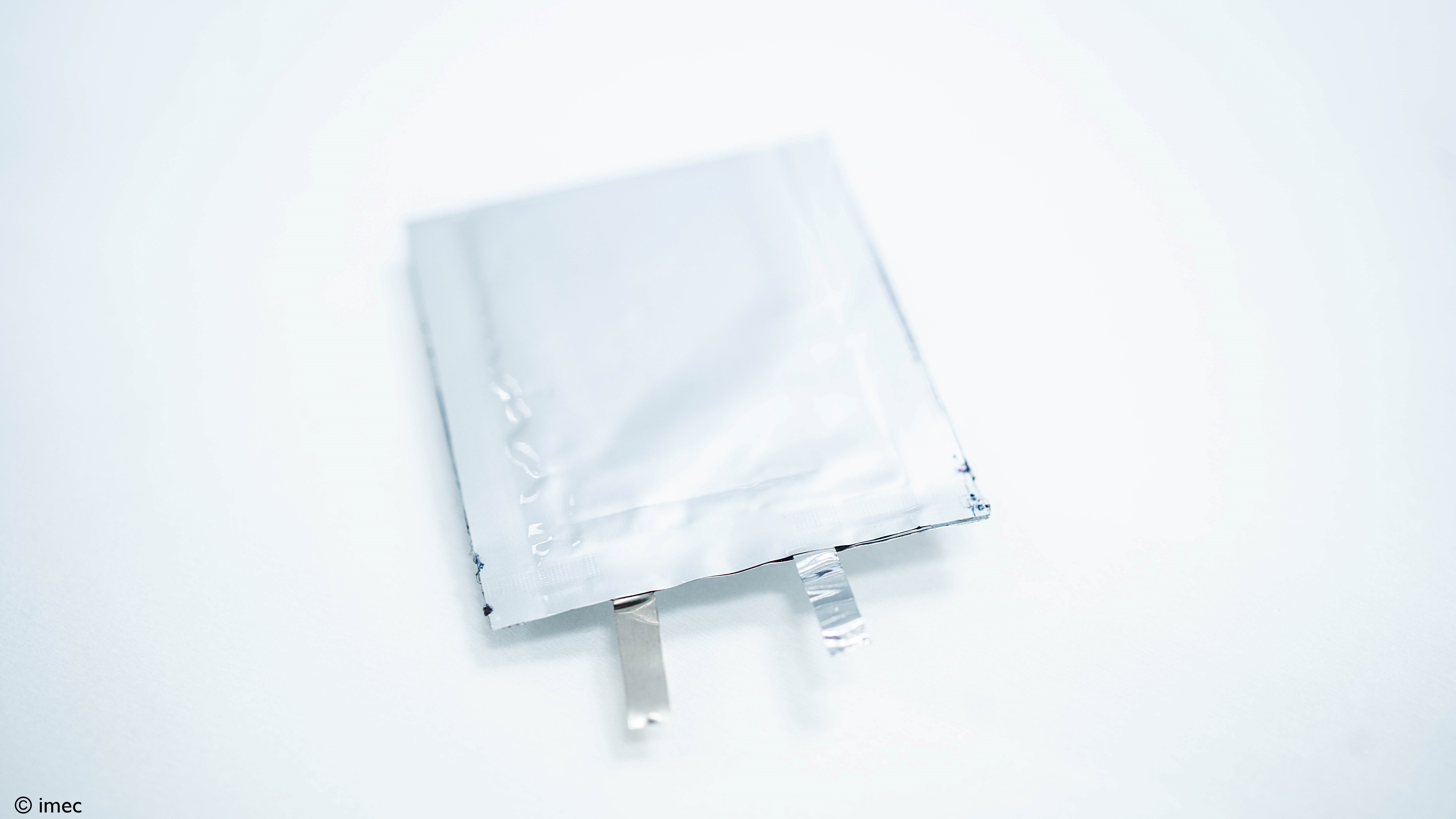
The electric car is unstoppable. It is only a matter of time before the last combustion engine cars roll off the assembly line. Most analysts agree on that. But that does not mean that all the technical problems that the e-car has have been solved. Two problems still discourage many consumers from buying one: The limited distance that can be driven on a full battery and the time it takes to recharge.
The most obvious solution is to improve these batteries. Thousands of researchers are currently working on this, including researchers from the Friedrich-Schiller University in Jena, Germany. Together with colleagues from Boston University and Wayne State University in Detroit, they have now reported a new discovery in lithium-metal batteries which they have published in Advanced Energy Materials.
The researchers claim to have found a solution to the formation of so-called dendrites in lithium-metal solid-state batteries. Dendrites are tree-like structures similar to the ice crystals you see on windows in winter. These dendrites reduce the efficiency and lifespan of batteries.
How does this crystal formation come about?
Dendrites (can) form during charging. Lithium-ions move back and forth between the anode and cathode of the battery (+ and -) during the charging process. Each time they pick up an electron, they deposit a lithium atom onto the anode. This is where dendrites can form if the ion transfer is not constant.

“Which is why we applied an extremely thin, two-dimensional membrane of carbon onto the separator (the separation between anode and cathode) whose pores have a diameter of less than one nanometer,” Professor Andrey Turchanin from the University of Jena explains.
“These minuscule openings are smaller than the critical core size. This prevents nucleation which leads to the formation of dendrites. Instead of forming dendritic structures, the lithium is now deposited on the anode as a smooth film.” According to him, there is no risk of damaging the separating membrane as a result and the functionality of the battery is left intact.
Recharging hundreds of times
“To test our method, we charged test batteries fitted with our Hybrid Separator Membrane very frequently,” says Dr Antony George from the University of Jena. “Even after hundreds of charge and discharge cycles, we were unable to detect any dendritic growth.”
“The most important innovation is the stabilization of the electrode/electrolyte interface with an ultra-thin membrane that does not interfere with the current battery manufacturing process,” says associate professor Leela Mohana Reddy Arava of Wayne State University. “The stability of the interface is pivotal in improving the performance and safety of an electrochemical system.”
The major advantage of the batteries that Jena tested is that they have a higher energy density than the lithium-ion batteries that are usually used at present. This means that fewer batteries are needed for longer periods of driving. Other institutes are also working on solving the dendrites problem, as this video from the Toyota Research Institute shows.
You can also read our article about the Dutch company SALD here.








